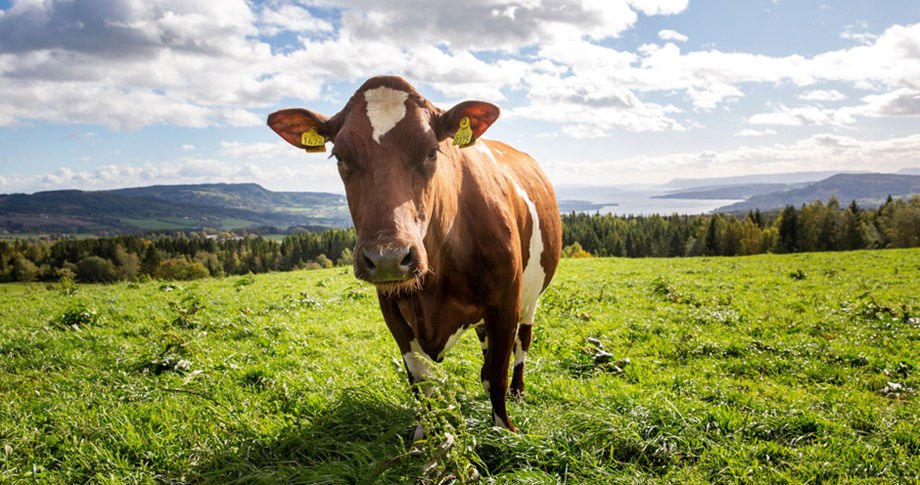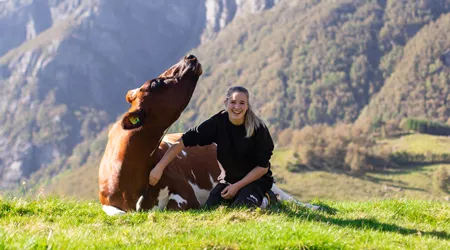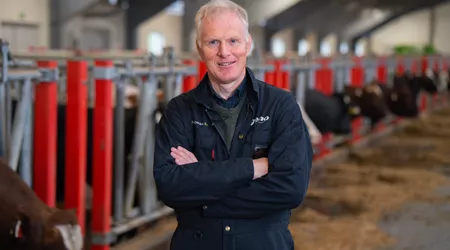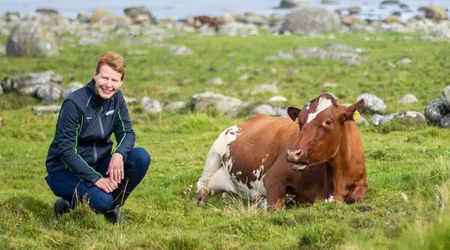The Norwegian Red breed has been long known for its sustainable breeding standard. With Geno's excellent reputation from its mission of breeding for better lives, EFFAB - European Forum of Farm Animal Breeders and FABRE-TP - Sustainable Farm Animal Breeding and Reproduction - Technology Platform had contacted Geno to work together to conduct an informative online seminar on Friday, December 11, 2020.
Future ambitions for sustainable breeding
The discussion will unlock some hot topics related to the climate ambitions within the global breeding practice, and giving some attention specifically to cattle breeding.
Geno's very own breeding researcher Karoline Bakke Wethal together with her fellow researcher, Kirsti Winnberg, will talk about both the past successes and future ambitions for climate-friendly and sustainable breeding with Geno and Norwegian Red.
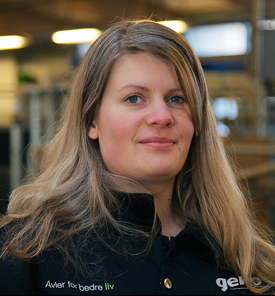
Karoline Bakke Wehal. Photo: Aurora Hannisdal
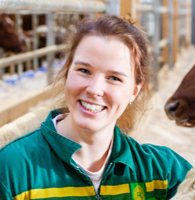
Kirsti Winnberg. Photo: Nathalie Bjørneby
Listen to the whole presentation here:
Actively reducing emissions
Norwegian agriculture has actively participated in reducing its emissions by 5% since 1990. Part of these emission reductions is the result of selection for improved efficiency. When the agricultural industry has committed itself to further reduce through the climate agreement, it is important that we work more aggressively on the climate and sustainability measures.
How Norwegian Red can become even more climate-friendly
The topic will also discuss Geno's ongoing projects on both methane emissions and feed efficiency - two critical areas closely linked because methane emissions represent an energy loss from the feed, and cows emitting less enteric methane are also more efficient in utilizing the energy in the feed. By selecting for these traits, Norwegian Red can become even more climate-friendly and efficient at the same time.
As a result, dairy farming becomes more profitable due to cost savings and at the same time more resource-efficient which is beneficial for both the farmer and the climate. In other words, it's a win-win situation.
